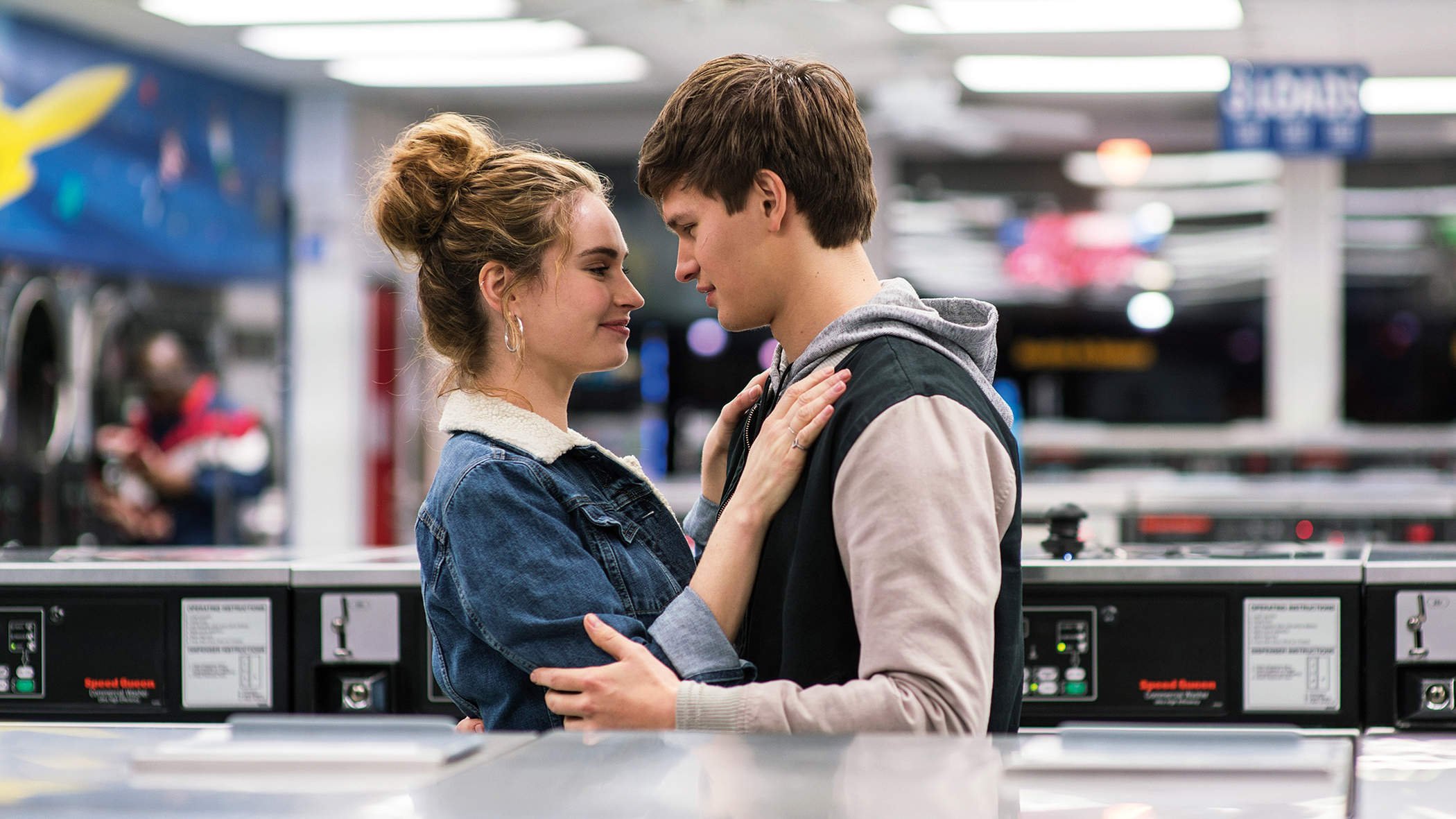Table of Contents Show
Music has the unique capacity to alter our internal emotional state. In movies, this becomes an important element as the creator utilizes songs to push the audience in a certain tonal direction or allow them to formulate a relationship with characters. Sometimes it’s with an epic cinematic orchestra, like in Sam Raimi’s Spider-Man. Other times it’s with a hand-crafted selection of songs, like in James Gunn’s Guardians of the Galaxy or Edgar Wright’s masterpiece, Baby Driver.
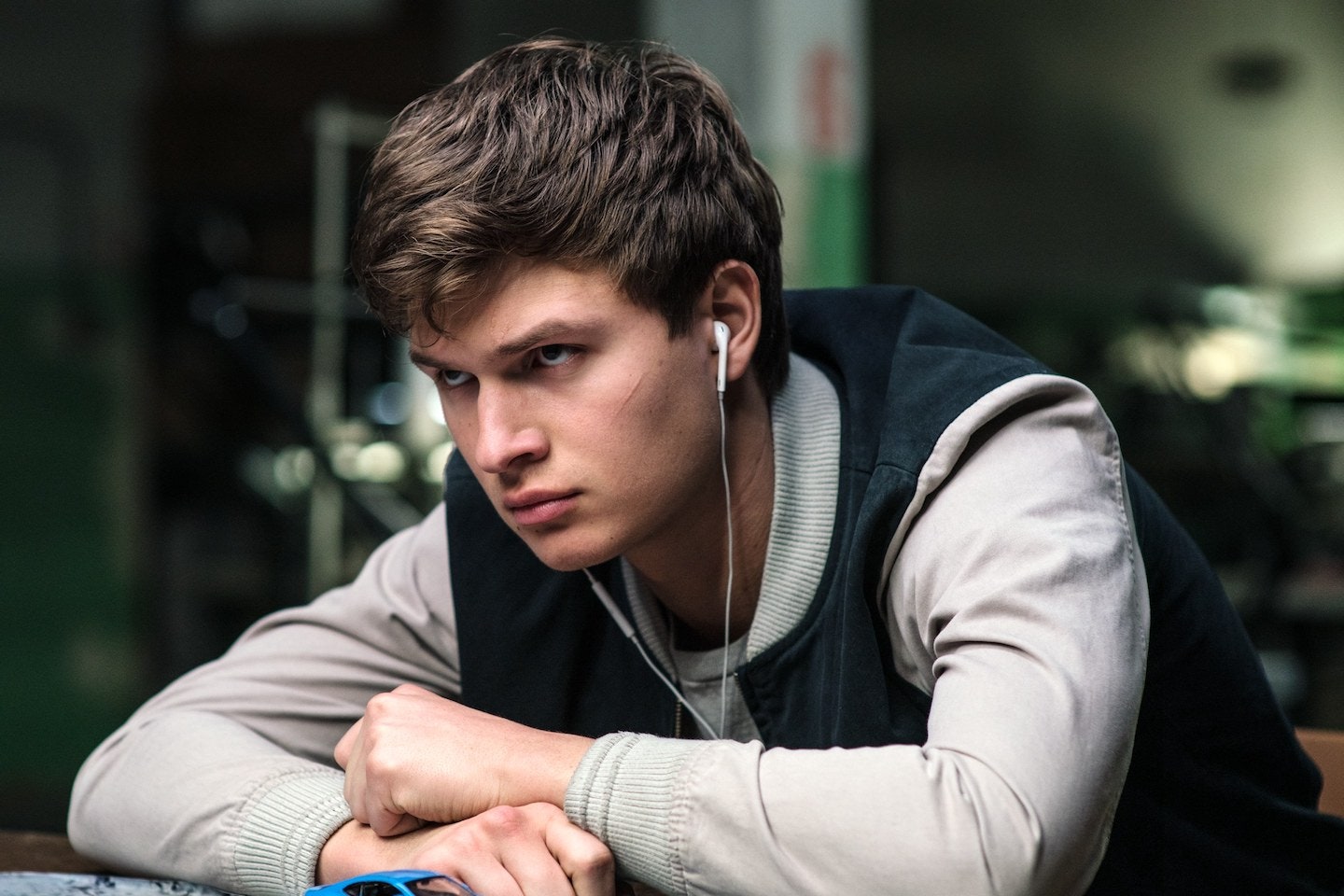
The latter, Baby Driver, is a film that relies solely on the use of pre-established music for its soundtrack. There’s not a single moment that’s filled with an orchestra — it’s all been hand-picked, carefully selected in a way that allows the emotion and tone of each scene to be highlighted. Without the precise placement of each track, Baby Driver would have been a completely different film. Each decision was of high importance to the overall flow and impact of the movie itself.
A Musical Breakdown
To understand the music inside Baby Driver, you first need to understand the plot. The official IMDB longline of the film describes it simply: “After being coerced into working for a crime boss, a young getaway driver finds himself taking part in a heist doomed to fail” (( IMDB )). In short, our main character is stuck as a getaway driver after being blackmailed. He listens to pretty much nothing but 70s music as a result of a childhood trauma that took his parents and youth away from him for a split second. He had to grow up instantaneously.
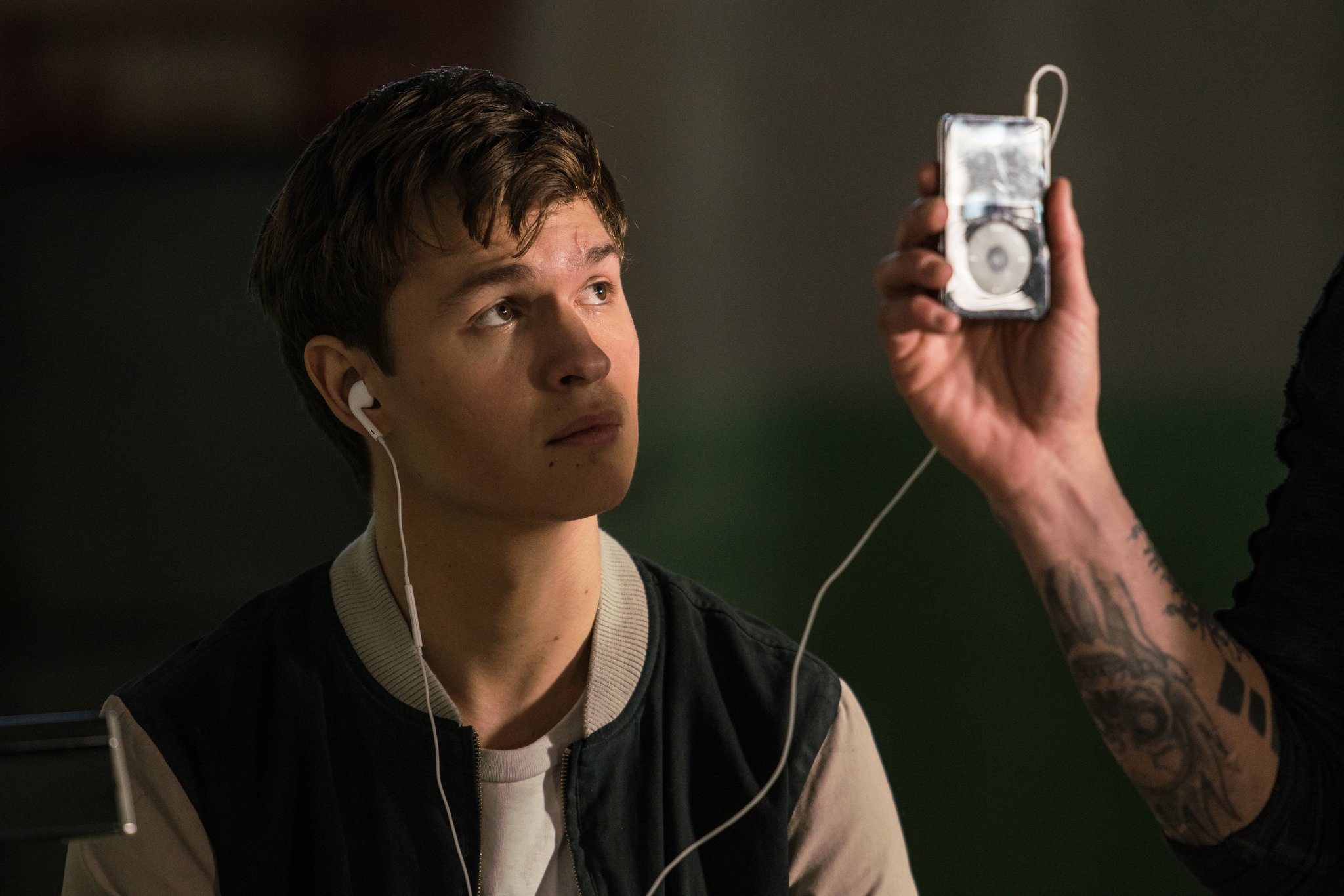
This choice of 70s music right off the bat, shapes the film. Baby Driver is letting us know that this is a kid stuck in the past, holding on to what was never his and what he once wanted most in life. It also keeps the movie trapped between a modern style, with all the cars and guns and such, and one of the past, with the classic damsel in distress and hero that will overcome the odds.
The time period of the music could have changed the entire meaning of each plot point. Take the Opening Scene from Baby Driver, for example. The song played throughout the duration of the stick-up and getaway drive is “Bellbottoms” by Jon Spencer Blues Explosion. What if the song selection had been “Say Amen (Saturday Night)” by Panic at the Disco? Through one song choice, we understand what kind of movie this is going to be. We see Baby bopping and grooving to 70s music as he drives a getaway car to the beat of the song, and we are immediately pulled in along with him. Music is a gateway, rather than a soundtrack.
Dissecting The Songs
Now that we have an idea of the genre of the music, we need to take a closer look at some of the songs to understand why they matter so much to the scene they are in. While there is an abundance of amazing songs, we’ll be focusing on five specific ones out of a plentiful soundtrack.
“Harlem Shuffle” – The Foundations
“Harlem Shuffle” pops up in Baby Driver right after the opening chaos of the initial robbery. There is no pause in between the transition from “Bellbottoms” to this song, and we are abruptly introduced to the casual, young adult version of Baby. Although we’ve just been exposed to this really intense car scene, we understand with the first “Move it to the left” that there’s another side to this character and movie. It’s meant to be fun, exciting, and fast-paced.
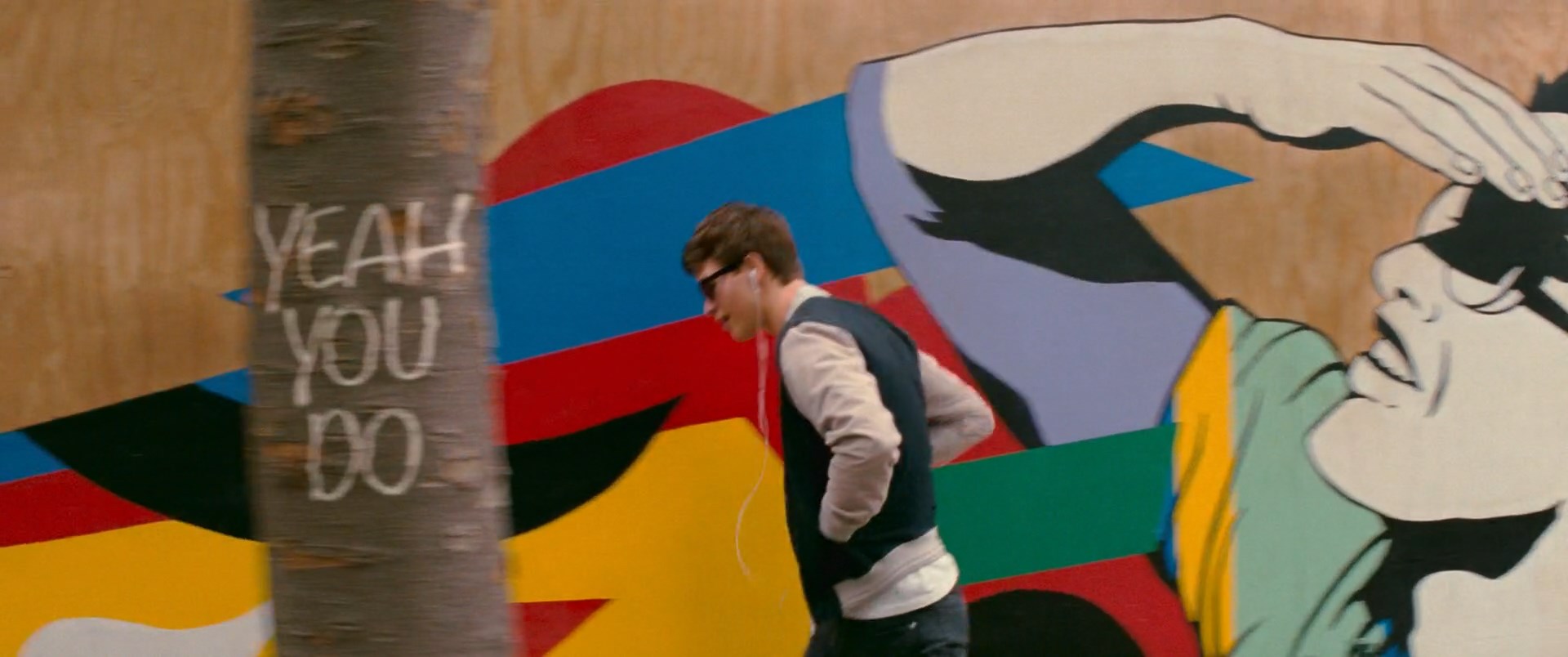
During this scene, we also experience Baby’s tendency to do things “on beat” – he taps to the rhythm of the song, crosses to the swell of the trumpets. If it wasn’t understood in the opening car chase, we now understand that Baby is nothing without his music, and he relies on it heavily. It hints that we, too, will rely heavily on music within this piece. The combination of trumpets and people talking and cars with the song…it sucks us into the world.
The choice to transition from a more intense song to an upbeat song of the same era speaks to the tone of the film, and would have been so incredibly different from any other choice.
“Debora” – T. Rex
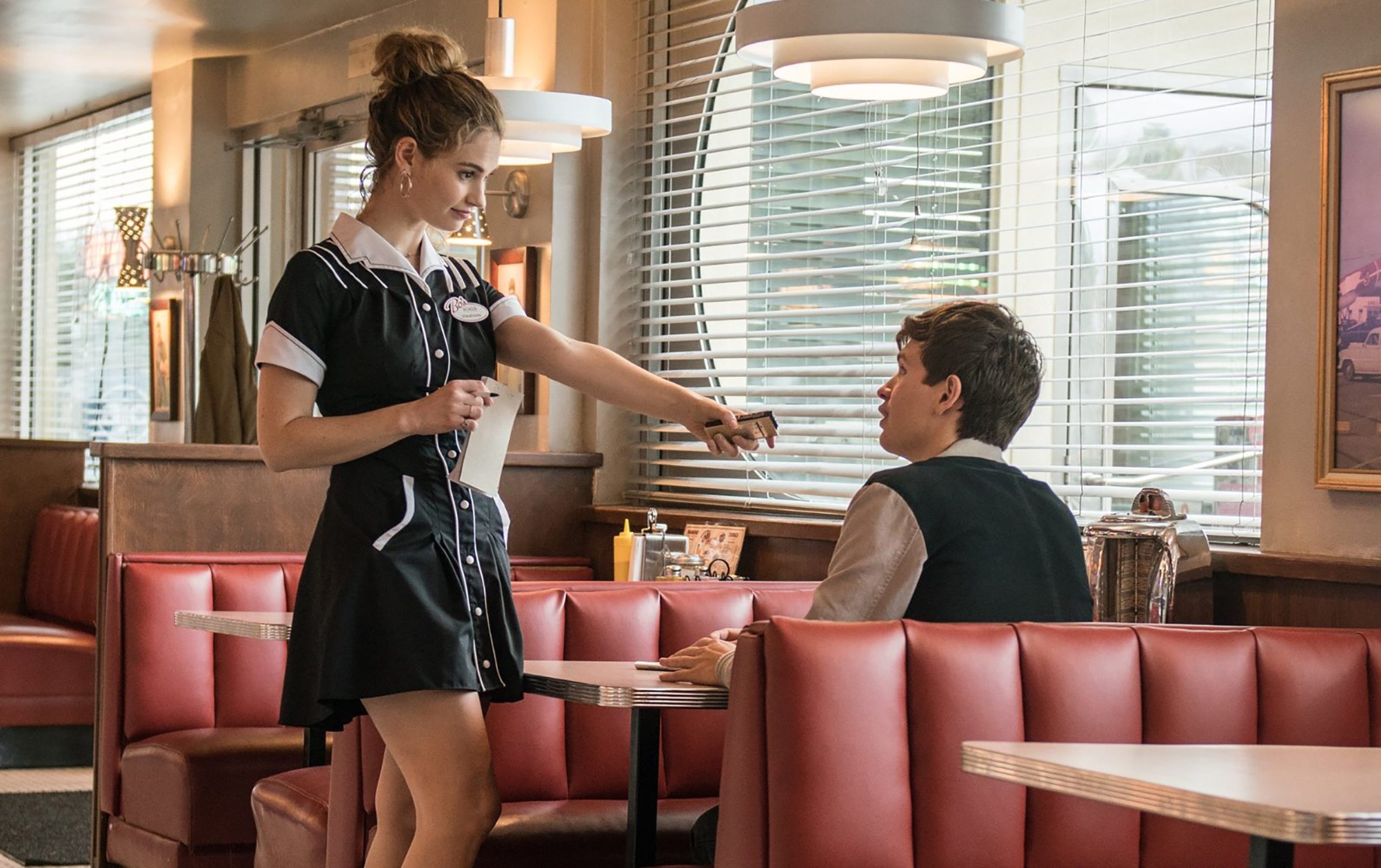
This song is how we get to know the love interest of the film. In an average film with a score, the main characters typically get a theme — this is hers. “Debora” is a light-hearted and happy song. It’s easy-going compared to the fast-paced and tragic nature of Baby’s entire life. When we hear this song in Baby Driver, we feel the happy freedom that Baby feels when he’s around the love of his life.
This classic, romantic spin of emotion, joy, and love dances around us too, and it provides a nice break from the action and perfectly choreographed beats. While the song still revolves around the tempo, it’s soft rather than harsh – much like the character it represents.
“Easy” – The Commodores
This slow, easy song edges us into the more somber parts of the film. It’s a sign of Baby’s hope for the future and his grip on the good that the past once held for him. This song is a symbol of his mother, and it reminds him (and us) of the end goal outside of the chaos and fun of the car chases and guns.
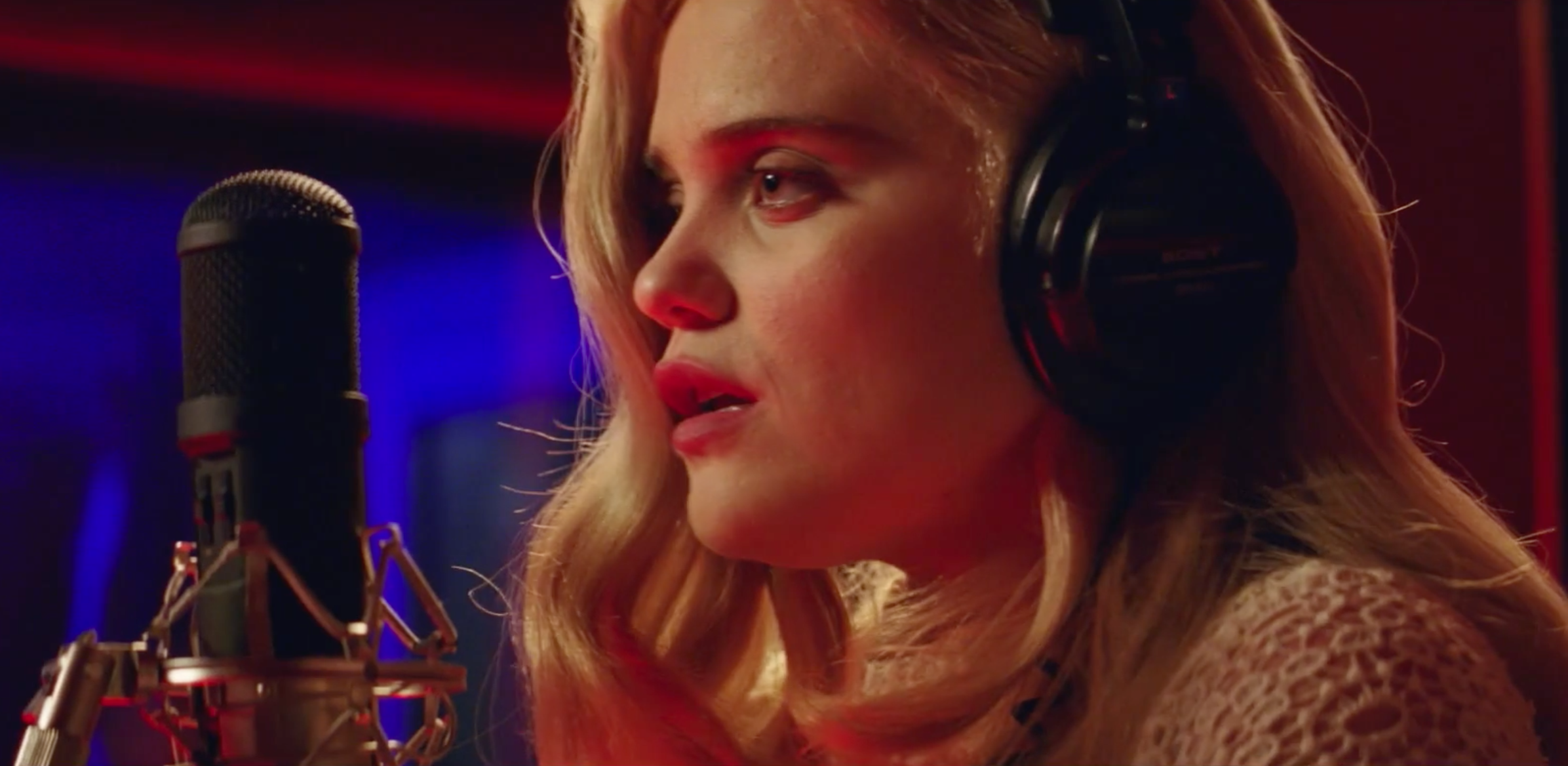
It’s also a tragic piece. It was the only song his mother managed to record before she died. It plays as Baby drops off a dead body at a compactor. It plays as Baby puts his hands up and turns himself into the police, choosing a long prison sentence over a life on the run. “Easy” also happens to be the only piece that doesn’t directly impact the actions of Baby. When that song plays, he’s finally free.
“Hocus Pocus” – Focus
Ultimately, Baby Driver is mainly an action film. Without a score, it was important for the creators to select a song to line the main action of the film that simultaneously drove it forward while refraining from stealing the spotlight like a lot of songs do.
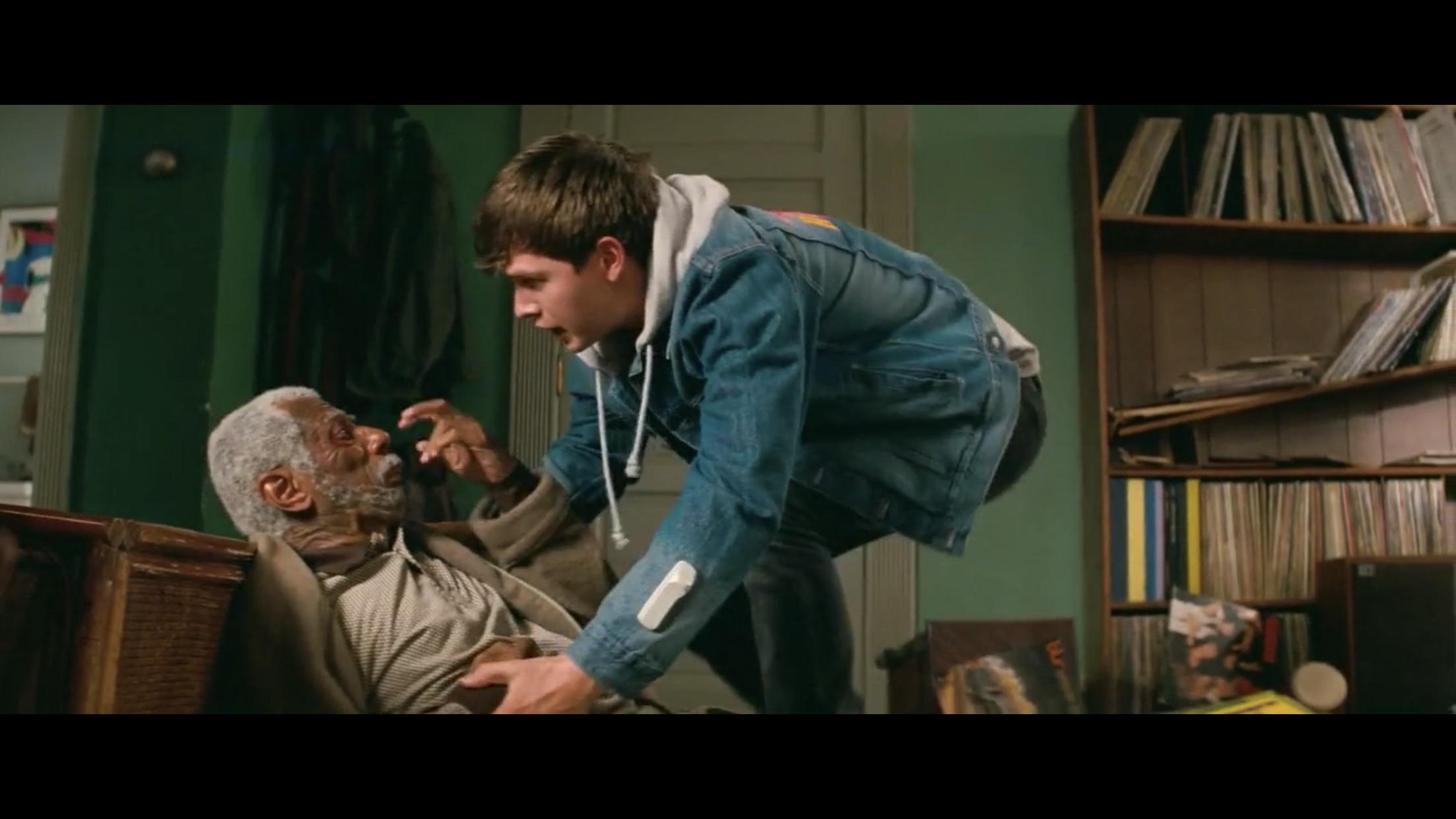
The cool thing about a lot of these 70s pieces is that there are long stretches of guitar solos and points with no words. Thus, it makes the perfect soundtrack for a movie. With “Hocus Pocus”, we have words when they’re necessary. When there aren’t lyrics, the upbeat yet intense soundtrack pairs perfectly with Baby running for his life.
A traditional score would have been good in this instance too, but it wouldn’t have given us that feeling of being in Baby’s ears. The guitar solo keeps the beat and pacing up in a way that only 70’s rock can.
“Brighton Rock” – Queen
“Brighton Rock” is the grand finale song, the final fight number. The choice is very important because it needs to ramp up the tension and stakes rapidly in the final minutes of Baby Driver.
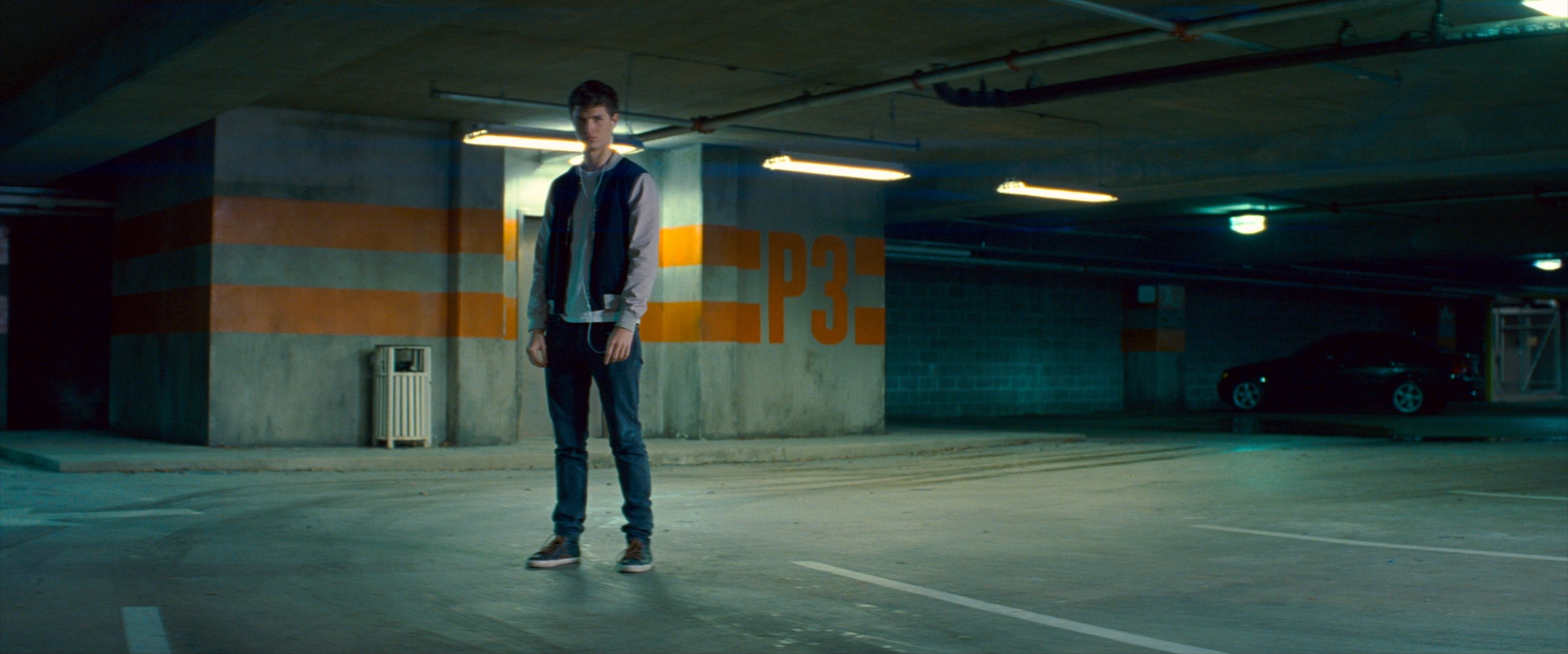
Along with the required intensity, the finale song had to combine the sounds of cars and guns and shouts along with the music in a way that wasn’t clunky and awkward. “Brighton Rock”, with its already naturalistic sounds at the beginning and scattered within, was a perfect choice. Rather than take away from the scene, it amplified it and pushed the engines and intensity forward.
Edgar Wright stated that the “reason I picked some of the songs is because they had some kind of dramatic structure to them (( Wright )) . “Brighton Rock” is a prime example of that. It’s a story within itself, versus a cheesy distraction from the artistic action unfolding onscreen.
The Definition of Baby
Besides pushing along tone and action, the music of the film really allows us to figure out the main character – Baby. We understand why he is who he is through soundtracks that exist on the iPods he’s holding in nearly every single scene. Whether the audience comes to realize it or not, we are in Baby’s ears. We’re looking through his eyes and feeling what he’s feeling. Music guides that process.
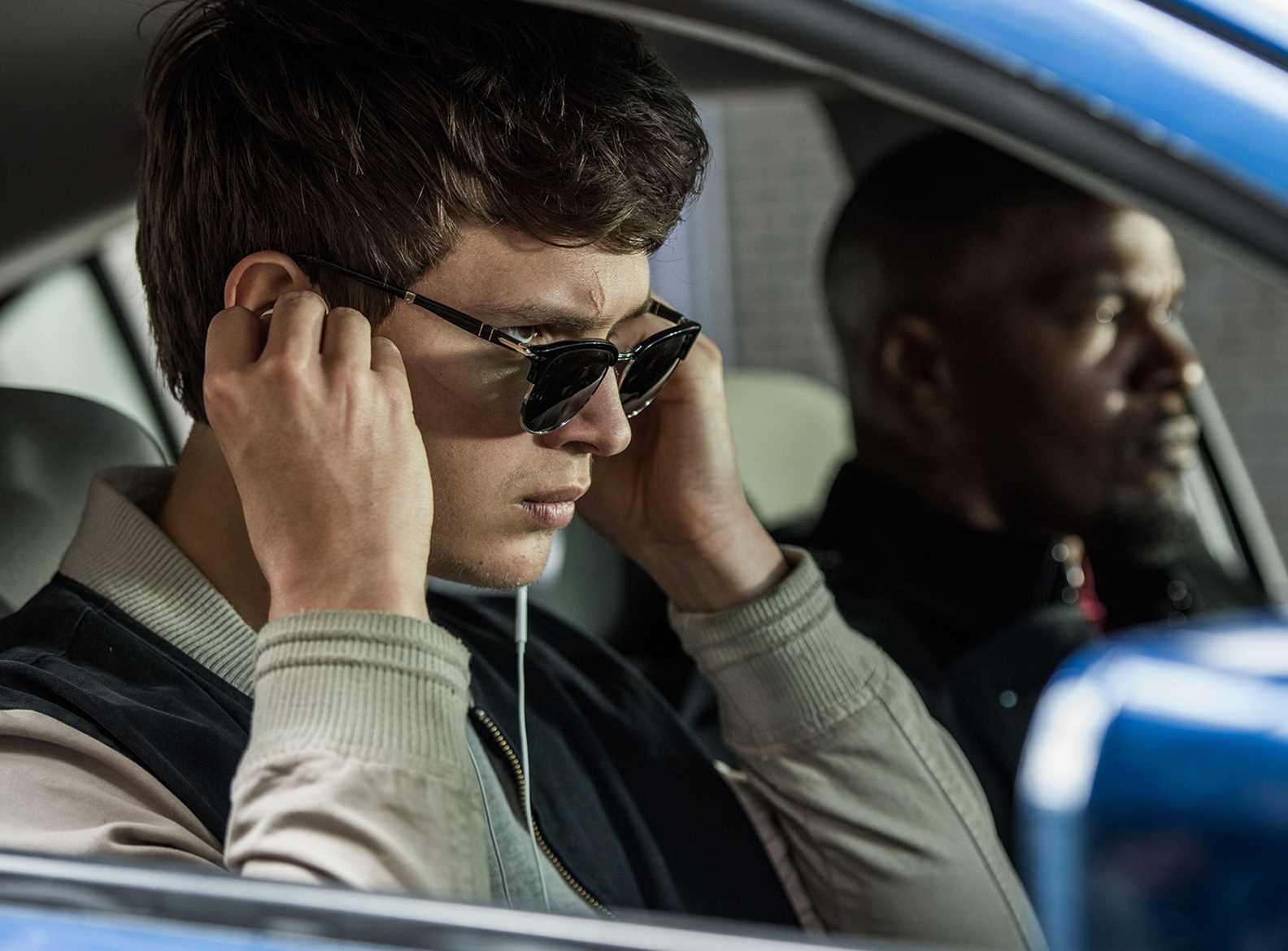
Edgar Wright, the film’s director, states that “Baby can’t exist without music playing” (( Wright )). Neither can this film. Any moment of silence is obvious and noticed, because of the persistence of the music. Wright’s choice not to allow much of a halt in music shows us that Baby can never really stop moving. That’s what makes his imprisonment at the end so impactful: he’s finally stopped. The driver’s been pulled over and is given the chance to restart.
And he takes it. The final musical piece we hear doesn’t drive him, rather it acts as a traditional background piece. Baby has finally found something in life that he can focus on rather than the tempo of his iPod playlist. Shifting from that signifies the end of a story, and the beginning of something completely brand new for Baby.
Purposeful Action
Not only is the tone of each scene developed by the songs, but all of the action displayed relies on the beats of the song.
Take the opening scene, for instance.
Everything relies on “Bellbottoms,” right? From the windshield wipers to the steps of the bank robbers, it’s all orchestrated and balanced based on the song. This isn’t the only time that this happens. In fact, almost every single moment in this movie is wrapped around its accompanying song.
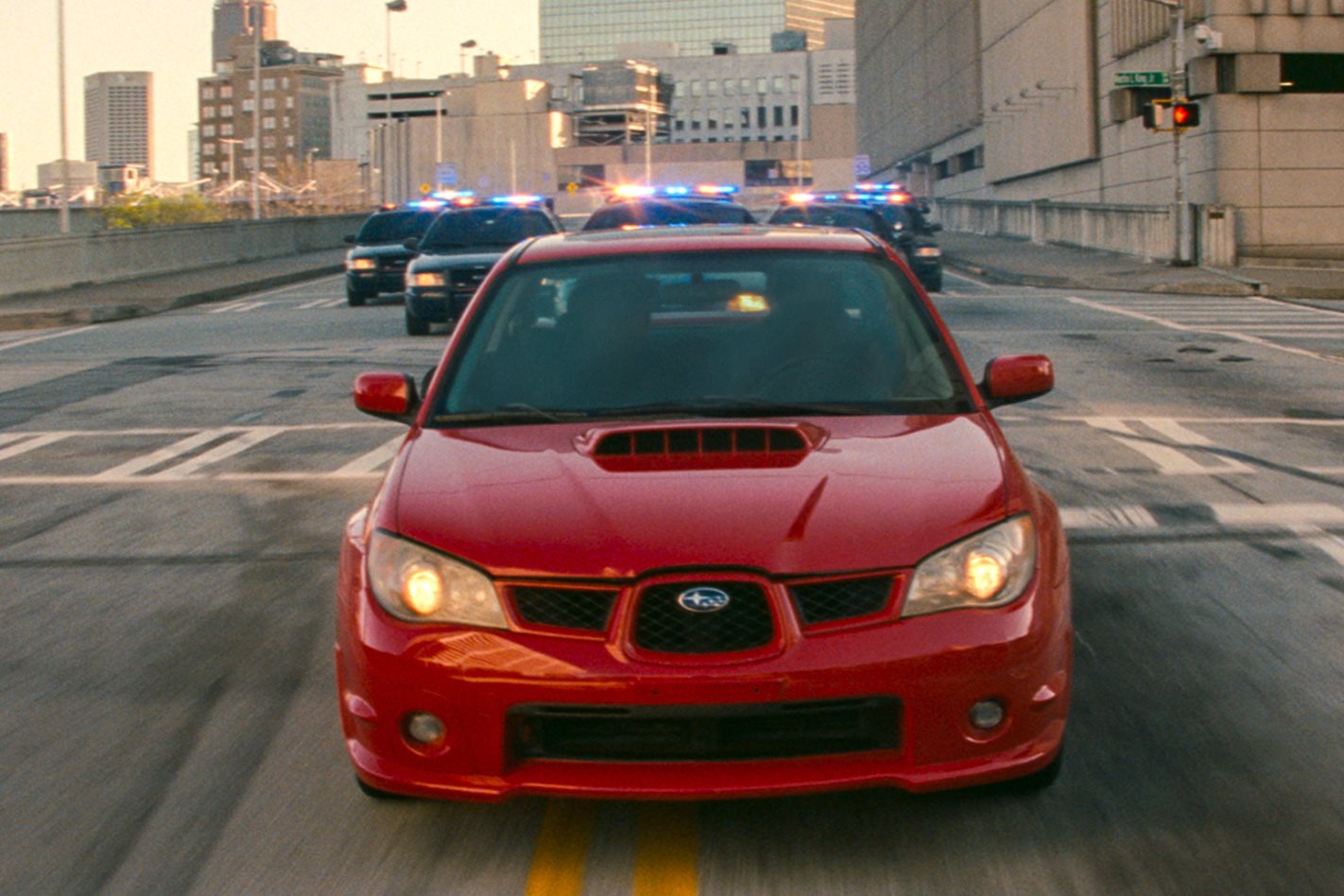
What if the songs had been different? We would have been looking at an entirely different film, based on the tempo of a completely different playlist. Everything from the punches to the turns of the car would have been completely altered with the choice of other music.
Everything balances with each other. Everything was purposeful and necessary in order to allow Baby Driver to come out the way that it did. Edgar Wright stated that “When [he] wrote this script, [he] basically put the beats of the song into the stage direction along with the action” (( Wright )). The songs were incorporated as a factor, just as critical as the dialogue, and as a landscaper with plants, Wright constructed and fabricated his story within the constraints of 70’s rock.
So…Music
It’s so easy to forget how important music is to a film. Whether it’s Over the Hedge or Gangs of New York, the music guiding us along is a crucial piece to the emotional impact of the movie. Imagine Titanic without its iconic score, or Spider-Man swinging through New York silently. It’s just not the same.
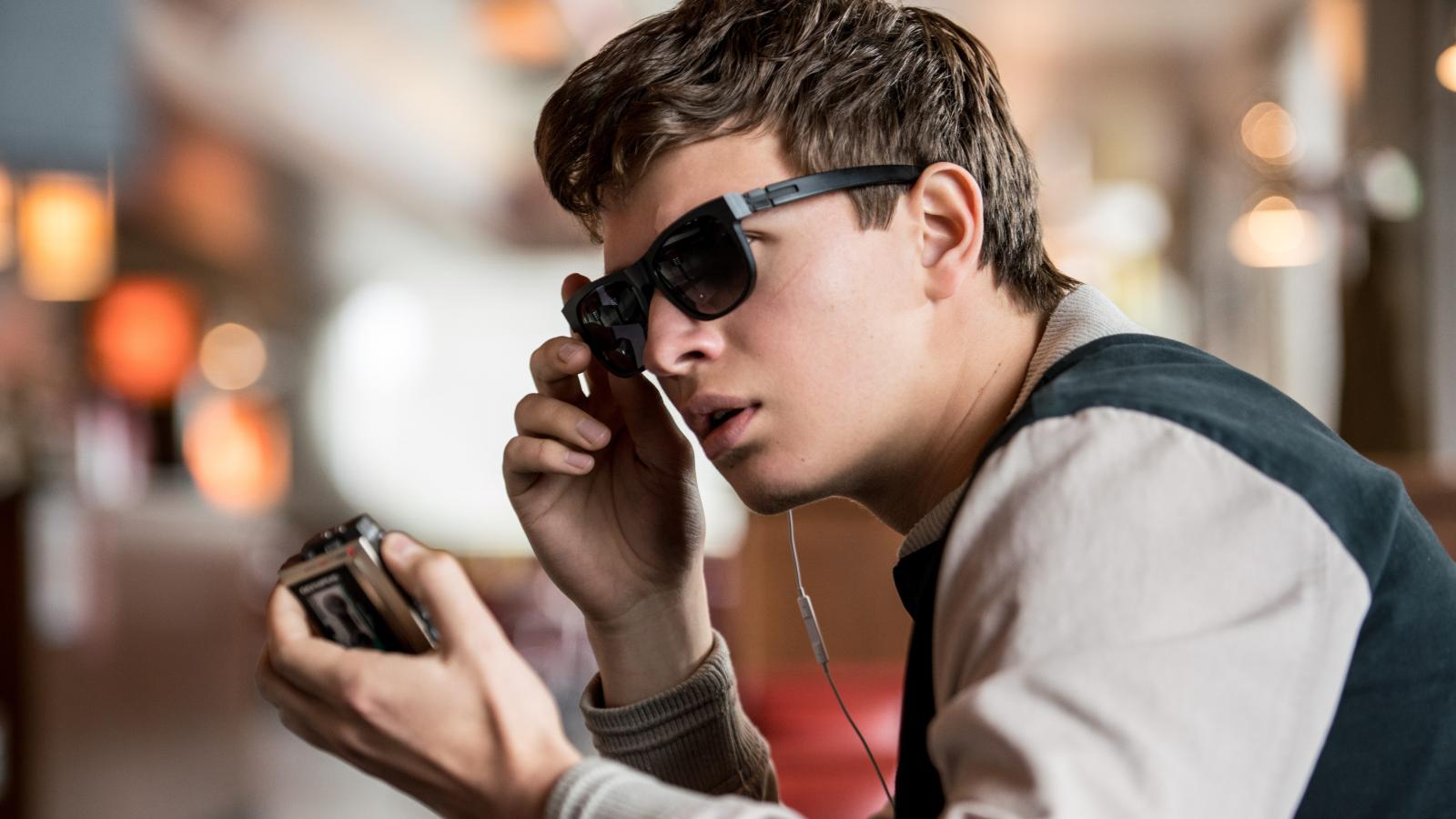
Not only did Baby Driver‘s soundtrack push and improve the emotional impact of the story, but it stylized and emphasized the tone of each individual scene. Without each choice, we wouldn’t have the same Baby Driver that we know and love. It might have been good, but it certainly wouldn’t have been anything close to the same. Music matters. It always has and always will, hiding in the background or blasting the audience with its swells. Movies like Baby Driver, combining story and song into one, will continue to create and impress audiences for years to come with their unnoticed intricacy and precision within song.
